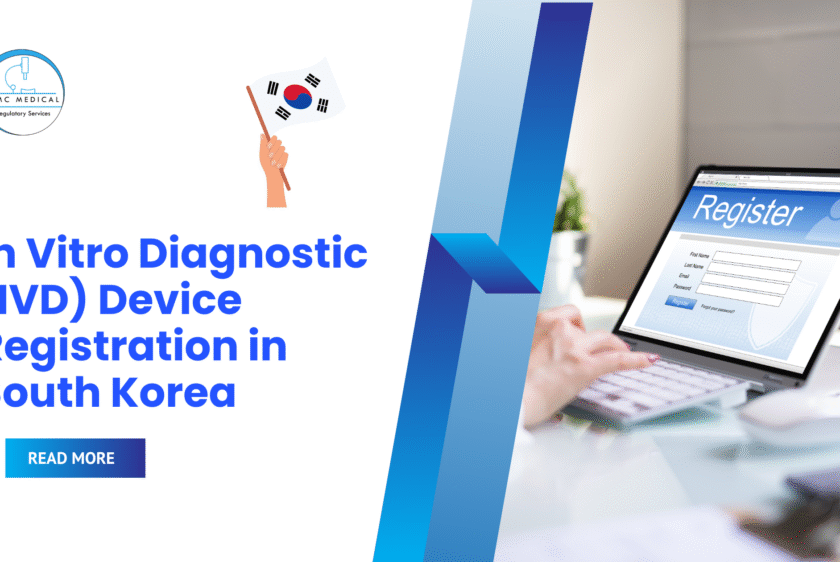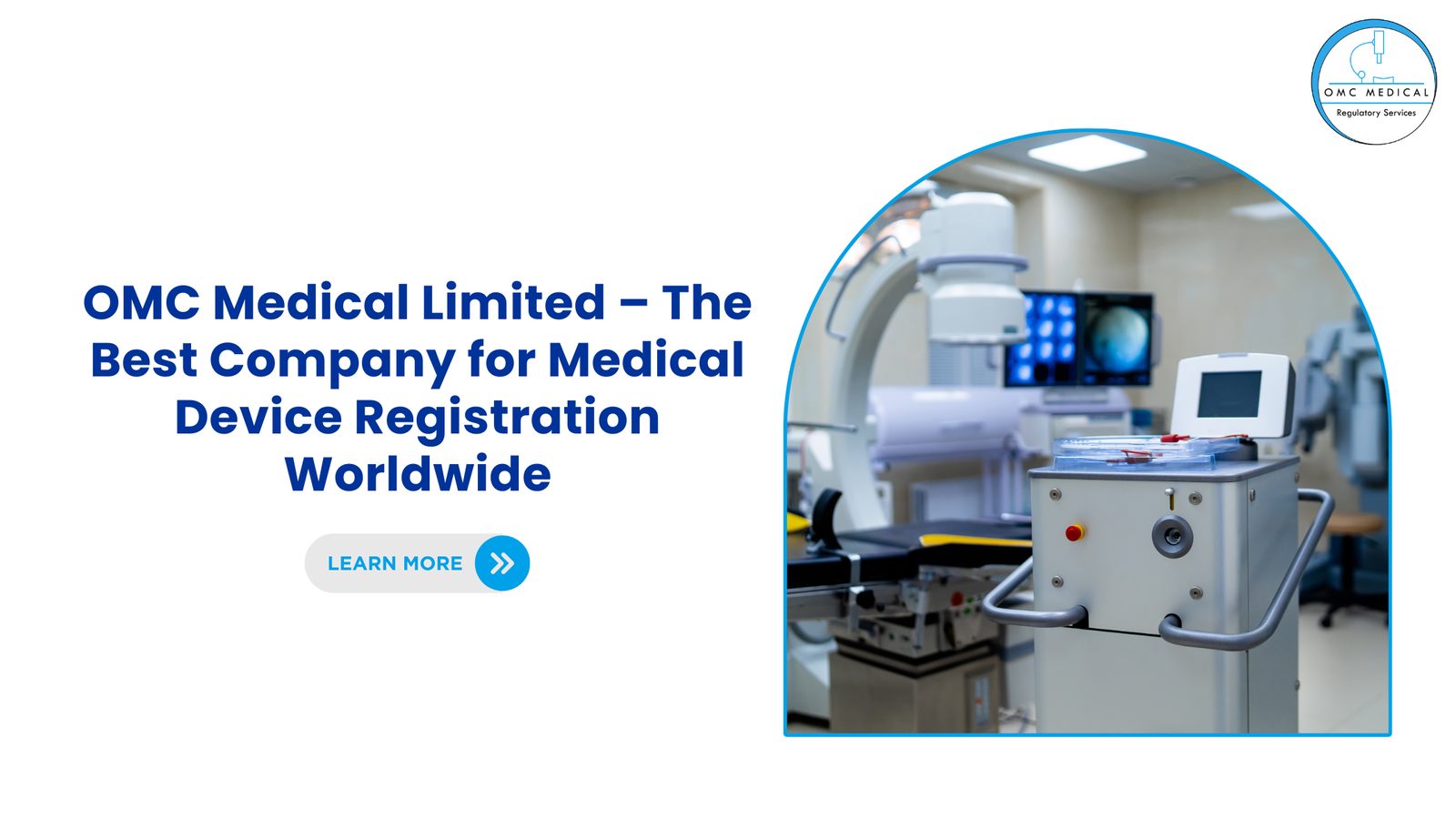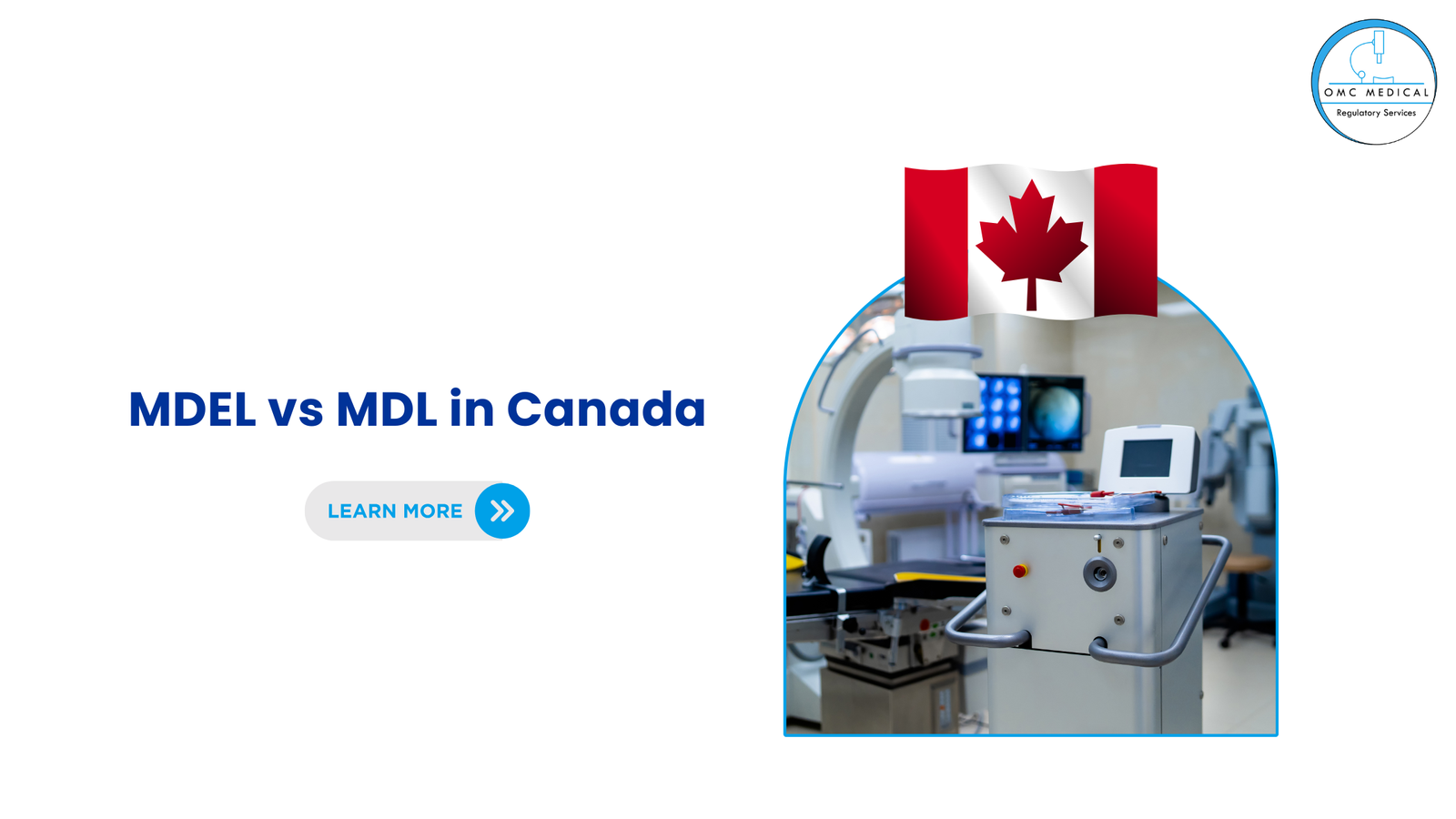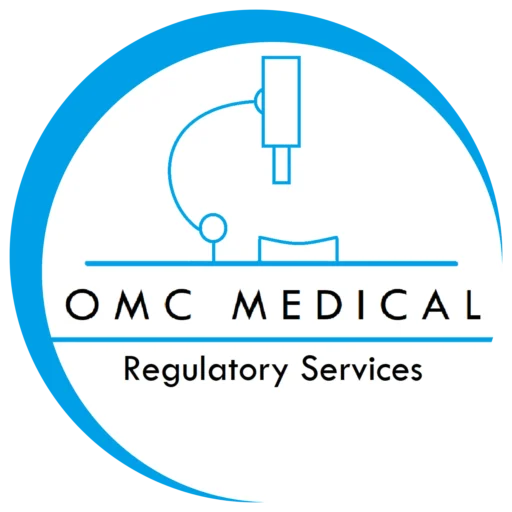As South Korea continues to be a key player in the Asia-Pacific diagnostics market, manufacturers looking to commercialize their in vitro diagnostic (IVD) devices must navigate the regulatory pathway set by the Ministry of Food and Drug Safety (MFDS). This guide outlines the classification, registration requirements, and labeling obligations under Korean regulations—and how OMC Medical can support your market entry.
IVD Device Registration in South Korea
1. MFDS IVD Classification
The MFDS uses a four-tier risk-based classification system consistent with international guidelines:
- Class 1: Low risk – e.g., sample containers
- Class 2: Moderate risk – e.g., general clinical chemistry tests
- Class 3: High individual risk – e.g., diabetes self-test strips
- Class 4: High public-health risk – e.g., HIV, HBV, HCV tests
Correct classification is essential, as it determines the registration pathway and supporting data required.
2. Registration Pathways & Technical Requirements
| Class | Route | Requirements |
| Class I | Notification | Basic product information; no technical review |
| Class II* | Certification (with predicate) or Approval (without) | Technical file, KGMP certification, test data |
| Class III-IV | MFDS Approval | Full technical documentation, QMS, clinical data |
*For Class 2 devices, certification is only applicable if a predicate device already exists. Otherwise, full MFDS approval is required.
Manufacturers must submit dossiers in Korean via their designated Korean License Holder (KLH). Class III–IV devices require clinical performance data and often face longer review timelines.
3. Quality & Performance Testing Requirements
- KGMP (Korean Good Manufacturing Practice) certification is mandatory for Class 2, 3, and 4 devices prior to registration.
- For higher-risk devices, clinical performance data and, in some cases, local testing in MFDS-designated laboratories are required.
- Test reports must meet MFDS standards, and devices must comply with Korean QMS—not just ISO 13485.
4. IVD Labeling MFDS & UDI Requirements
Labeling for IVDs in South Korea must follow MFDS guidelines and include:
- Product name and description (in Korean)
- Manufacturer and Korean License Holder (KLH) details
- Storage conditions, expiry date, and usage instructions
- Korean-language IFU (Instructions for Use)
- Required symbols and warnings
Additionally, most IVDs must carry a UDI barcode and be registered on MFDS’s IMDIS system.
5. Korean License Holder (KLH) Obligations
Foreign manufacturers must designate a Korean License Holder (KLH), who acts as the legal entity responsible for:
- Submitting the registration dossier
- Communicating with MFDS on regulatory matters
- Ensuring proper labeling and post-market surveillance
- Managing adverse event reporting and recalls
KLH information must appear on all product packaging and documentation.
6. Estimated Timelines
- Class I: 5- 10 business days
- Class II: 3–6 months
- Class III–IV: 9–12+ months
KGMP certification takes additional time, especially if a QMS audit is required. Once approved, product licenses remain valid indefinitely unless modified, but KGMP certification must be renewed every three years.
How OMC Medical Can Help
OMC Medical supports medical device and IVD manufacturers at every step of the IVD registration process in South Korea, including:
- Product Classification & Strategy: We help determine the correct MFDS IVD classification and registration route.
- Technical Documentation Review: Our team ensures your technical file, clinical data, and test reports meet MFDS requirements.
- Korean License Holder (KLH) Support: We act as or assist in appointing a compliant KLH to represent you locally.
- KGMP & QMS Readiness: OMC can help you prepare for KGMP inspections or audits.
- Labeling & UDI Compliance: We review or generate Korean-compliant labeling and assist with IMDIS UDI registration.
- Post-Market Support: From vigilance reporting to license renewals, we offer ongoing regulatory assistance in Korea.
Conclusion
South Korea’s IVD registration process is structured, but nuanced. Understanding MFDS IVD classification, preparing compliant submissions, and managing KLH responsibilities are all critical to success.
Whether you’re registering a Class 1 product or navigating the more demanding Class 4 approval route, OMC Medical is here to streamline the process and get your diagnostic device to market—efficiently and compliantly.







